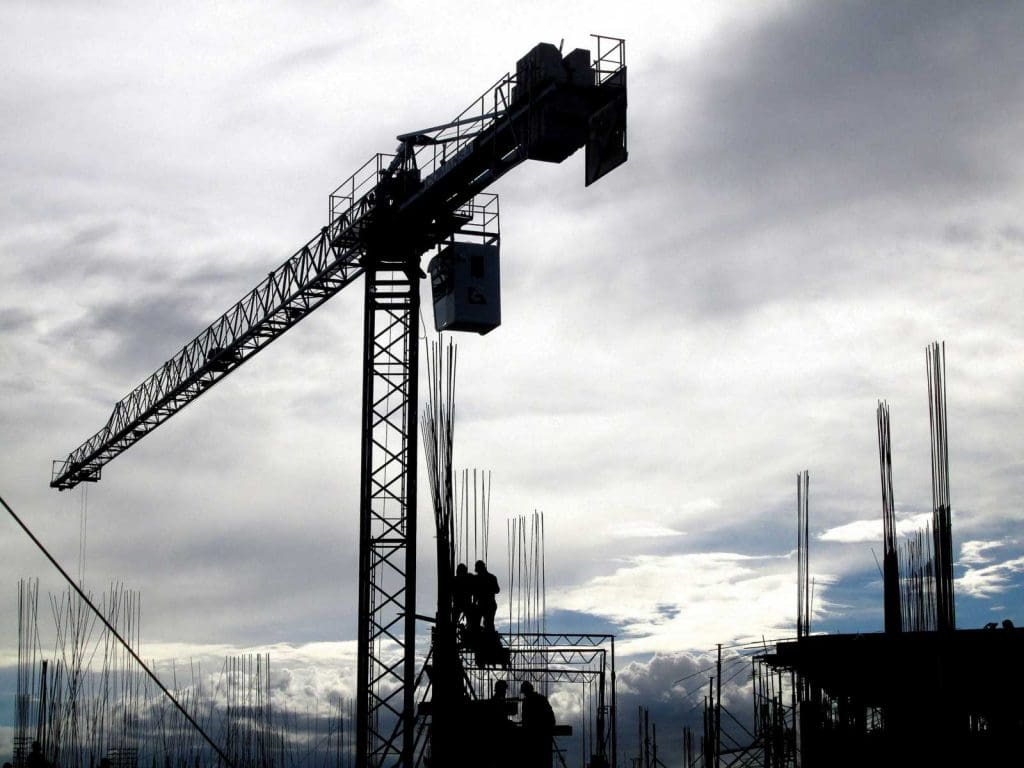If you’re going to be operating a crane lift, chances are that you could use all the safety knowledge you can manage to get your hands on. This will require you to become knowledgeable on all aspects of the crane lifting process, so that you are able to consider how the steps required to operate a crane safely depend on how you are going to be using the crane in the first place.
By not operating a crane lift safely, it’s possible that the outcome could be a serious injury for you, your team, or any number of nearby patrons who happen to have wandered onto the site. This article assumes that you already have a strong working knowledge of crane lifting, and is meant more to dispense a handful of tips that can be helpful for different parts of the crane lifting operation.
Crane Safety Tips
Observe, Inspect, and Assess Your Surroundings
It may seem obvious, but one of the first things you’ll need to do is conduct a visual inspection of the area in and around your construction equipment. When you do this, you’ll also want to thoroughly inspect the site conditions in order to identify other potential hazards that could make your duties any more riskier than they need to be.
While you’re evaluating the construction site, you’ll also want to ensure that the rigging of your equipment is working properly and that all safety equipment is in place. Be sure to check all aspects of the crane comprehensively, to best ensure that your project will go off without a hitch. Once you’re confident that your surroundings are conducive to a safe working environment, you should begin further ensuring your safety by stabilizing the zone of your equipment. “Ground conditions” means the ability of the ground to support the equipment (including slope, compaction, and firmness). “Supporting materials” means blocking, mats, cribbing, marsh buggies (in marshes/wetlands), or similar supporting materials or devices.
Stabilize the Zone of Your Equipment
In stabilizing the zone of your equipment, you’ll want to go ahead and begin making sure that the outriggers are fully deployed and developed. This is one of the most important aspects of safe lifting — in short, if your zone and equipment are not stabilized, then the movement of your crane becomes far more challenging to both predict and control. The outcome could be a serious injury for you, your team, or any number of nearby patrons who happen to have wandered onto the site.
Become a Crane Operator
Ensure Lifts Meet the Lift Criteria
As anyone working in construction knows, the lift criteria changes depending on what you are trying to accomplish with your lift and the overarching project. This should be nothing new. Similarly, you should take care to understand the requirements of the project, the requirements of the lift at hand, and the limitations of the equipment that you could choose for the project. At the end of the day, someone will need to make a decision about what crane should be chosen for a specific project. If you are unsure, you can typically find a reliable answer from your supervisor.
Secure the Load Post-Lift
This is another no-brainer for anyone who has experience operating a crane lift, but in short you should be especially mindful to select the proper rigging for the load you are lifting before you lift it. This will ensure that it does not lead to an accident and potentially injure you or someone else on the construction site. Basically, if you are unable to secure the lift that your machinery is lifting, then you will be dramatically increasing the risk of accident or injury.
If you are looking for more information about how to operate a crane lift successfully, then be sure to check out a formalized training program on the topic of crane lift safety. Heavy Equipment Colleges of America teaches courses that do exactly that; our world-class instructors make sure that your career in construction will never feature an accident or any confusion around how to operate a crane lift with optimal safety.
It should be noted that the information provided is supplemental to the rules and regulations set forth in OSHA 29 CFR 1926.1400 Cranes and Derricks in Construction.

